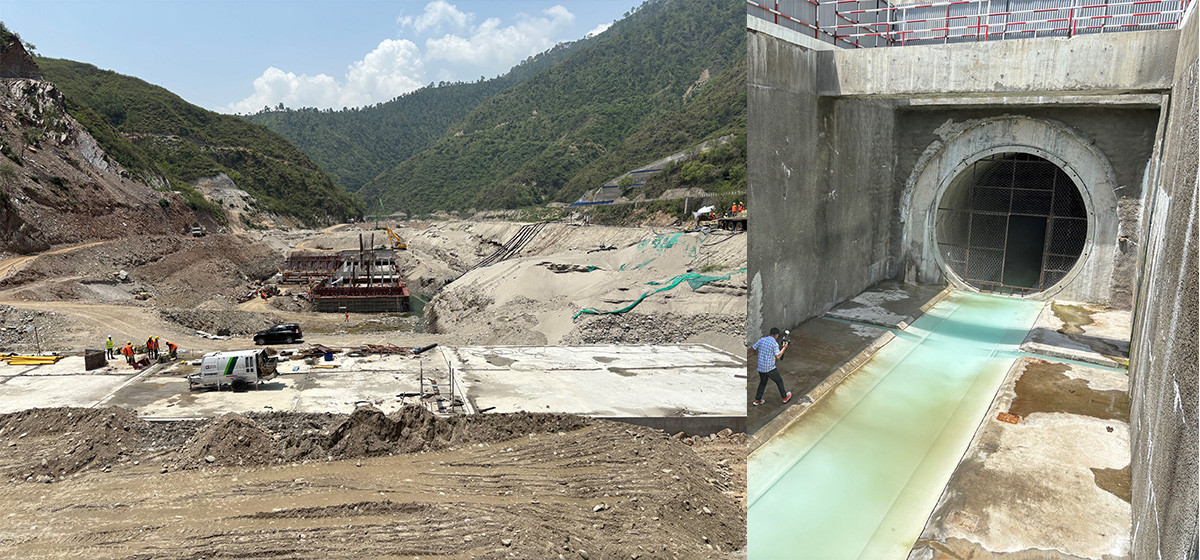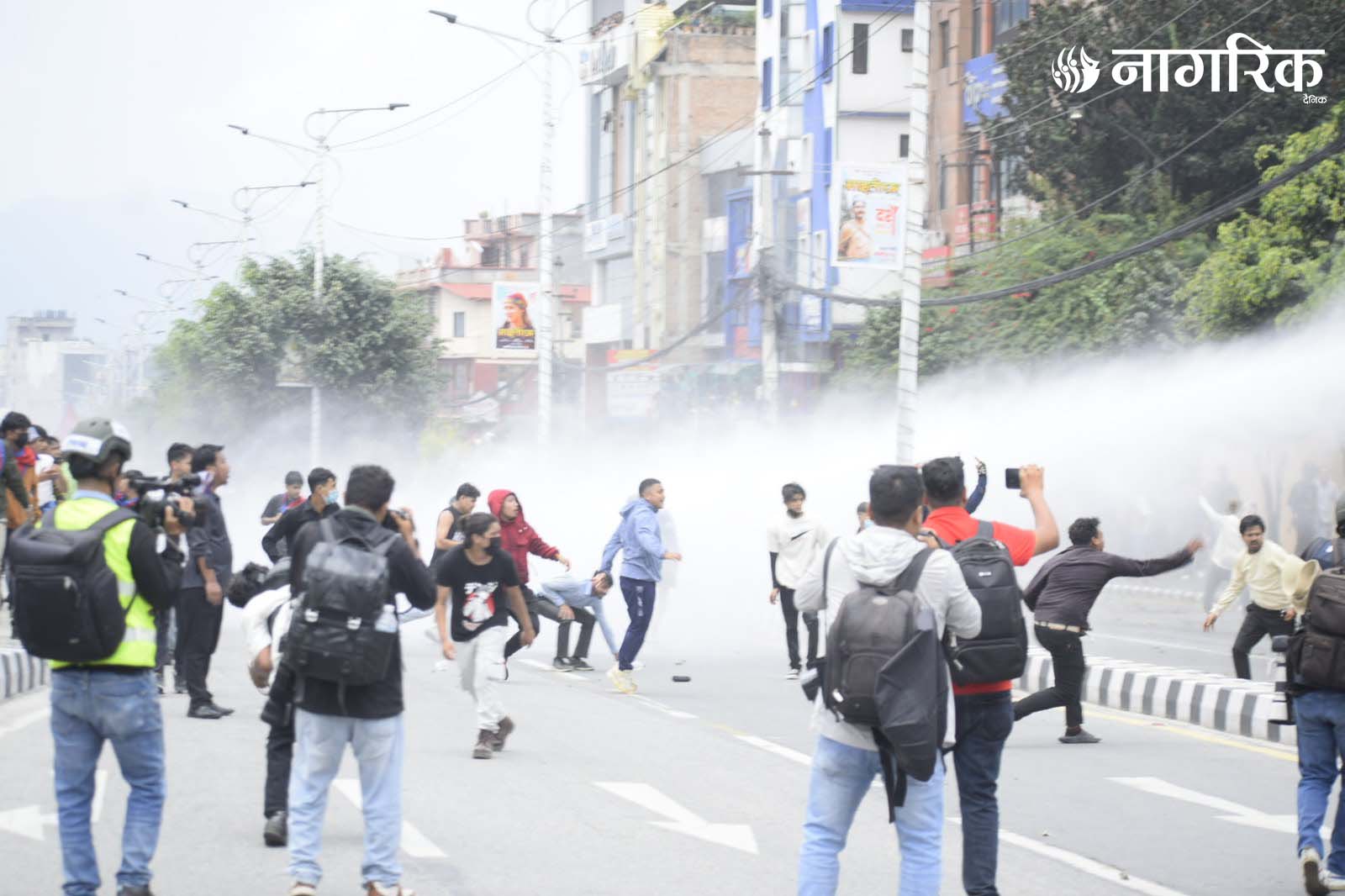The Nepalese industry and commerce sector enjoyed enormous protection for many years. This protection created the impression that businesses did not have to look beyond their home market. They had an assured market. However, with economic changes, the situation has radically altered. Going global has now become an inseparable requirement for Nepalese businesses. With periodic economic reforms, Nepal’s business and industrial sectors have suddenly found themselves in a weaker position.
Nepal has a narrow export base. During the 1990s, there was a sharp decline in the export of rice, raw jute, pulses, and other agro-based and forest-based products. In recent years, Nepal no longer has a surplus of many of these primary products to export.
Before the 1990s, these were the major items of Nepal's export basket. Currently, the major export items are carpets, vegetable ghee, garments, jute items, polyester yarn, cardamom, toothpaste, rosin, catechu, toilet soap, lentils, handicrafts, and pashmina, which together account for about 55 to 60 percent of Nepal’s overseas trade.
Iron and steel products and yarn topped the list in 2014/15 and remained so until 2016/17. From 2017/18 to 2023/24, the leading exports were sunflower oil, soybean oil, palm oil, yarn, and iron products. In 2024/25, soybean oil took the top position, with carpets and garments also ranking high.
After the expiry of the MFA-American quota system in 2004 AD, Nepal faced tough competition in the American garment market. Carpets too lost their assured market. The imposition of social and environmental standards in the trade regime by Germany and other European countries has created problems for carpet manufacturers. An even more serious concern is the recession in Europe and America, which could further affect carpet exports from Nepal.
Nepal, India agree to amend transit treaty to facilitate Nepal’...

Over the last few decades, Nepal has also exported vegetable ghee, lentils, pashmina, ginger, jute items, cardamom, toothpaste, polyester yarn, and toilet soap. However, the performance of these exportable items cannot be considered significant. Even minor problems in the export of certain items can drastically change Nepal's export scenario. This has been evident in the case of carpets and garments, whose performance has declined since 2001.
Quantity is a prime concern in the export market. It is difficult to find an international market for most of Nepal’s exports, which lag behind in competition due to small-scale production, low quality, and higher prices. Being a major trade partner, India’s trade policy and practices significantly affect Nepal's foreign trade. Over the years, India has imposed multiple restrictions on imports from Nepal and has exercised a monopoly by levying extra freight charges and cumbersome customs and transit declaration procedures for Nepalese exports to third countries. Indian pressure has, to a great extent, adversely influenced Nepal's exports.
Nepal has made efforts to diversify its trade, achieving some progress, but these achievements are not significant enough to reduce its dependency on India.
To enhance trade competitiveness, Nepal has adjusted tariff rates, simplified export procedures, abolished quantitative restrictions and import licensing systems, and introduced bonded warehouse and duty drawback facilities. The Nepali currency has also been made fully convertible on the trade account. Despite these measures, the gap between imports and exports continues to widen.
It is generally believed that lowering tariff rates leads to an increase in trade flows. However, Nepal’s experience shows that tariff reduction alone has not significantly expanded exports, as non-tariff barriers are equally important.
In Nepal, trade documentation and transaction procedures are still burdensome and time-consuming. Even if the price and quality of commodities are competitive, these strengths lose significance if procedures remain complicated. Therefore, there is a need to standardize and simplify trade facilitation and documentation procedures.
Transit has always been a challenge for Nepal. Its landlocked position makes it dependent on neighbours for access to the sea. Nepal has signed transit agreements with India, China, and Bangladesh. However, the Kolkata port remains the most widely used and accessible port for Nepal's exports and imports. While Nepal has the right to use three Chinese seaports, these are difficult and costly to access compared to those in Bangladesh and India.
Kolkata is also the nearest port for Nepal. The Nepal Transit and Warehouse Company has an office in Kolkata to facilitate third-country trade, providing required support services to Nepalese traders. The understanding between Nepal and India to introduce a ‘one-time lock’ system for containerized traffic to and from Nepal has further simplified transit procedures. India has also agreed to provide transit facilities through its Khandala and Mumbai ports.
Pakistan provides warehousing facilities at Karachi port for Nepalese cargo destined for third countries. Bangladesh has also provided transit facilities via Khulna and Chittagong ports. However, due to passport, visa, forwarding, and logistics issues, these ports have not been effectively used as alternative transit points. They are also not economically viable and are only used when problems arise at the Kolkata port.
Transport and transit costs for Nepalese products in international markets are high, estimated at 15–20 percent of the commodity value. These costs are further inflated by delays, thefts, and unnecessary bureaucratic hurdles at ports of entry, posing significant problems for traders.
One solution to many transit issues is the development of full-fledged dry ports within Nepal. The inland container depots (ICDs) at Birgunj, Bhairahawa, and Nepalgunj have been implemented, but the private sector believes they should be upgraded into fully operational dry ports with rail connectivity. Such facilities should be established in other parts of the country as well.
Nepal should also explore alternative transit points. While this may not be financially feasible in the short run, it would be beneficial in the long term.
The bulk of Nepal's exports rely on facilities and concessions extended by friendly nations. However, Nepal has not yet developed adequate competitiveness. The challenge is to improve competitive capacity in the context of Nepal's WTO membership. The linkage of trade with social clauses, ILO labour standards (such as child labour), and human rights has created significant challenges for export promotion. The growing global emphasis on environmental protection has led many Western countries to impose eco-labelling requirements on imports. Importers of skins, hides, and other raw materials are also concerned about animal welfare. More such international requirements are likely to emerge in the future, and Nepal's exports will have to meet these standards as well as WTO requirements. These will undoubtedly have an impact on Nepal's export trade.
(The writer is a former Deputy Executive Director of the Trade and Export Promotion Centre.)























